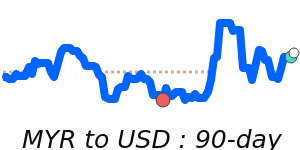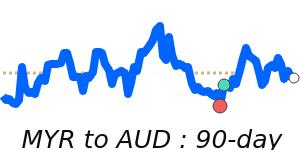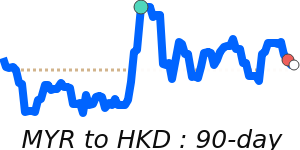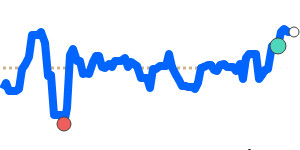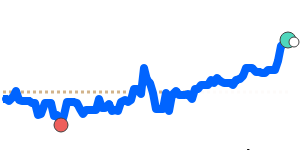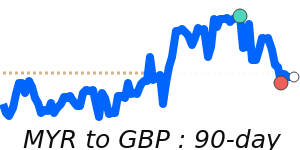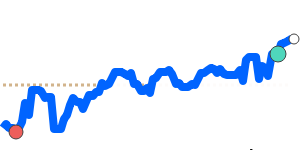The Malaysian Ringgit (MYR) has recently appreciated against major currencies, reaching a 13-month high against the US Dollar, supported by economic factors and positive market sentiment. Analysts attribute this rise to expectations of a rate cut by the US Federal Reserve and a solid growth forecast for Malaysia. The country's positive trade balance, particularly in electronics and commodities, alongside sustained foreign direct investment, has bolstered the currency's strength.
In particular, the MYR to USD exchange rate is currently standing at 0.2432, which is 1.8% above its 3-month average of 0.2388, reflecting stable trading within a 2.9% range. Similarly, the MYR to EUR has reached 0.2089, also at 1.9% higher than its 3-month average, showing minor volatility. The MYR to GBP is at 0.1823, 1.7% above its 3-month average, and has maintained a stable trading range. Additionally, the MYR to JPY recently hit 37.79, which is significantly above its 3-month average, although this pair has exhibited more volatility.
The strengthening of the MYR is further supported by Malaysia's government initiatives to improve fiscal discipline, increasing investor confidence. Following the recent ASEAN Summit, the country secured favorable trade agreements with the US, enhancing trade prospects and reinforcing the MYR's value.
On the commodities front, Brent crude oil prices have been fluctuating, recently reaching 14-day highs near 63.75. While this price is slightly below the 3-month average, the volatility in oil prices could still impact the MYR performance, given Malaysia's status as a significant oil exporter.
Overall, the Malaysian Ringgit's recent upward trajectory is largely fueled by strong economic fundamentals, fiscal reforms, and positive geopolitical developments, marking a particularly favorable period for the currency. Businesses and individuals engaged in international transactions may benefit from these favorable exchange rates in the forthcoming transactions.
